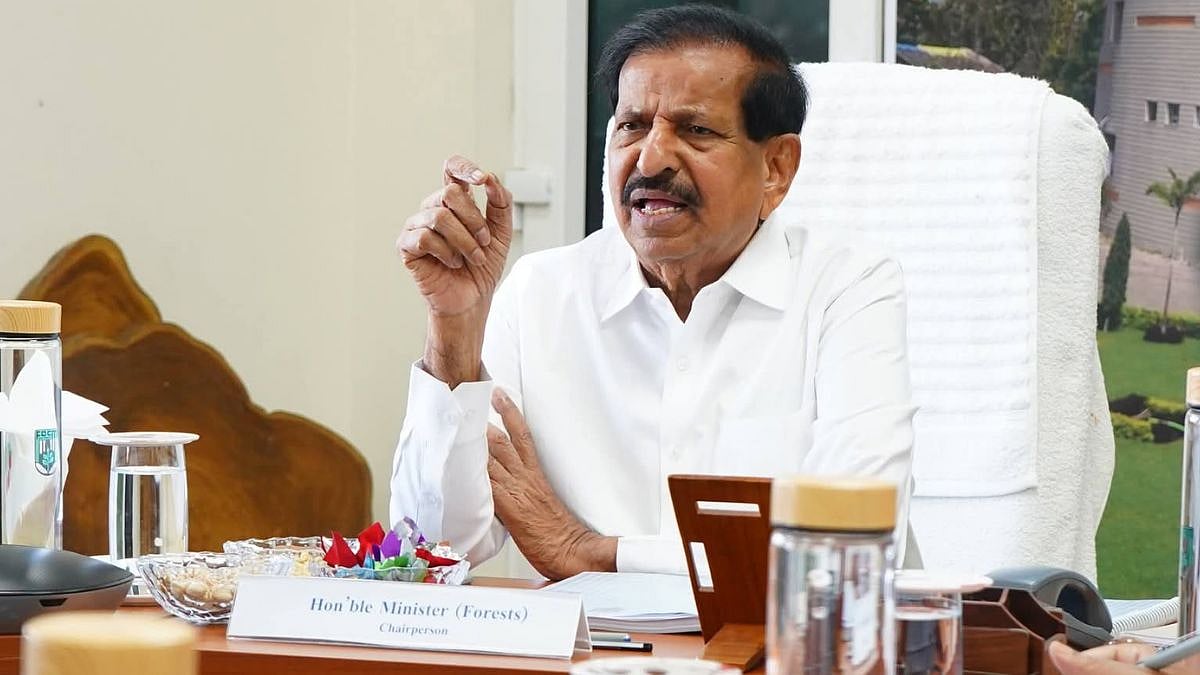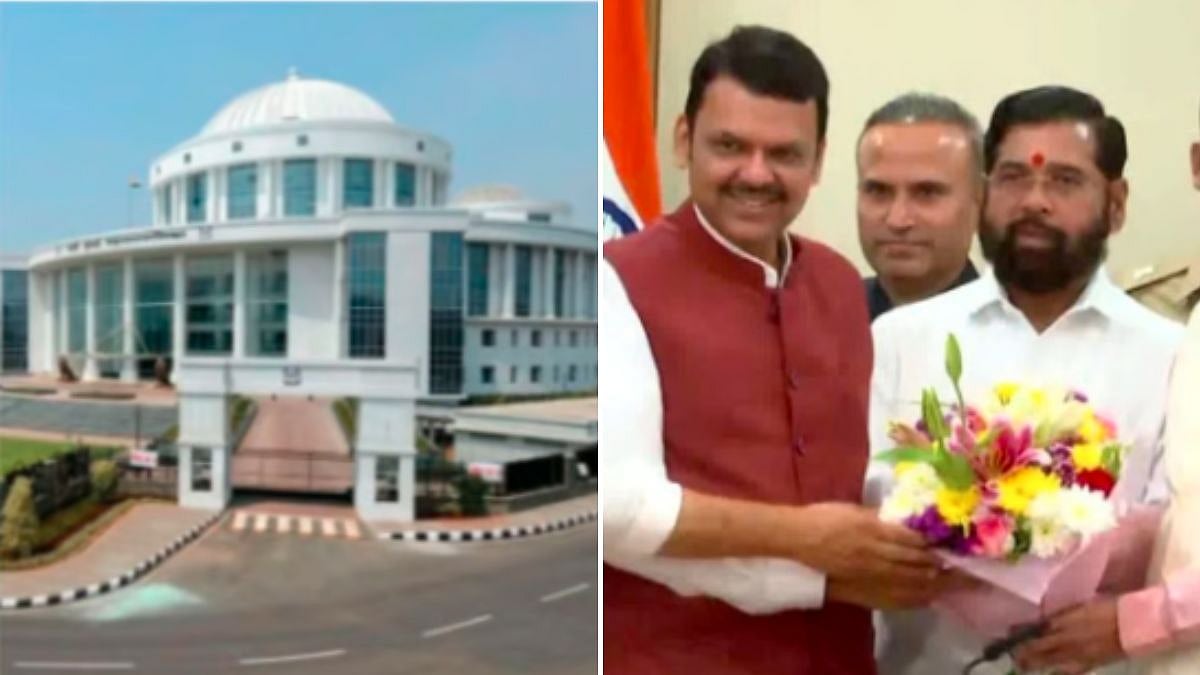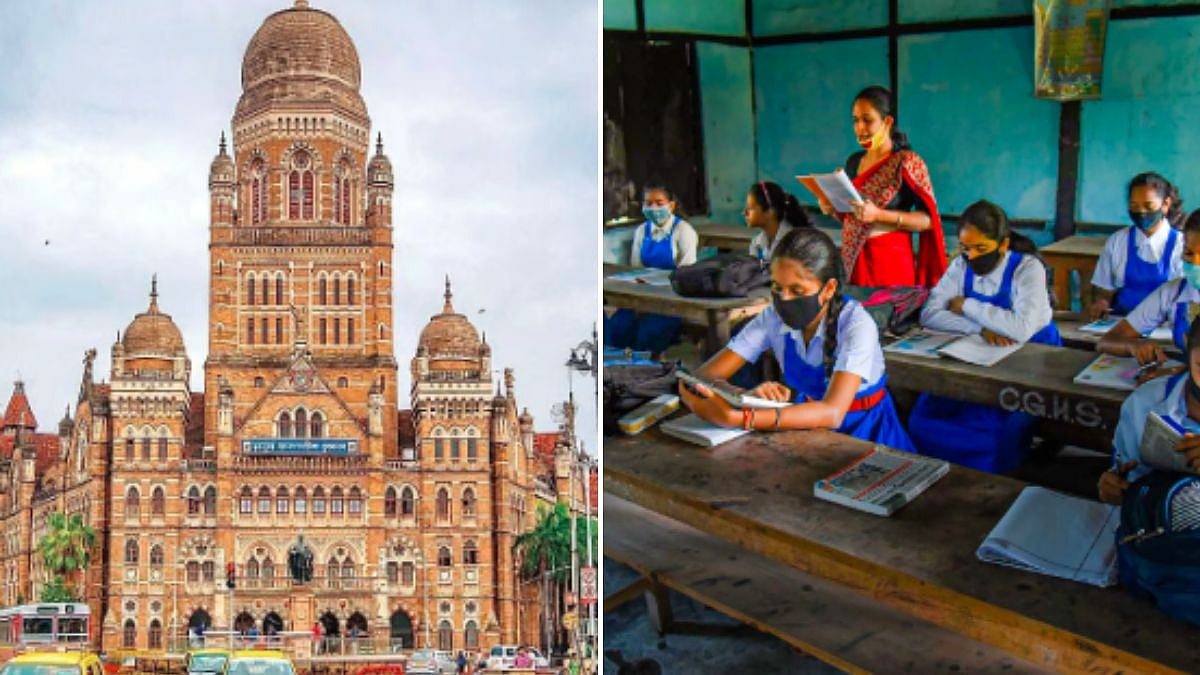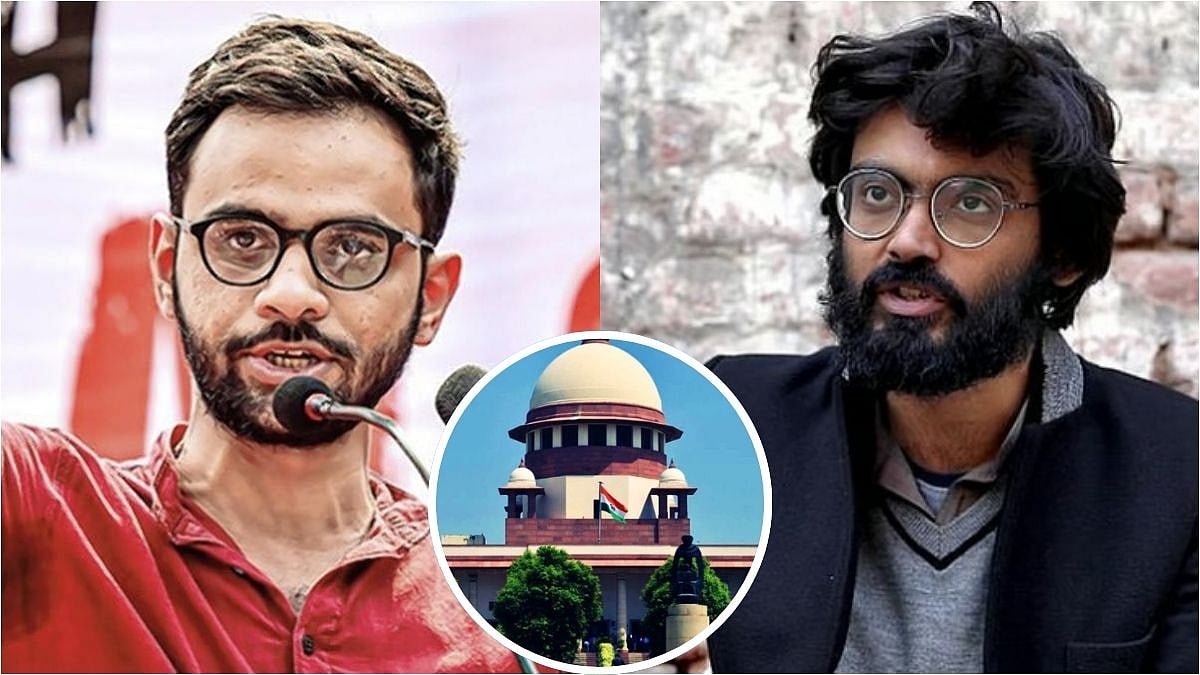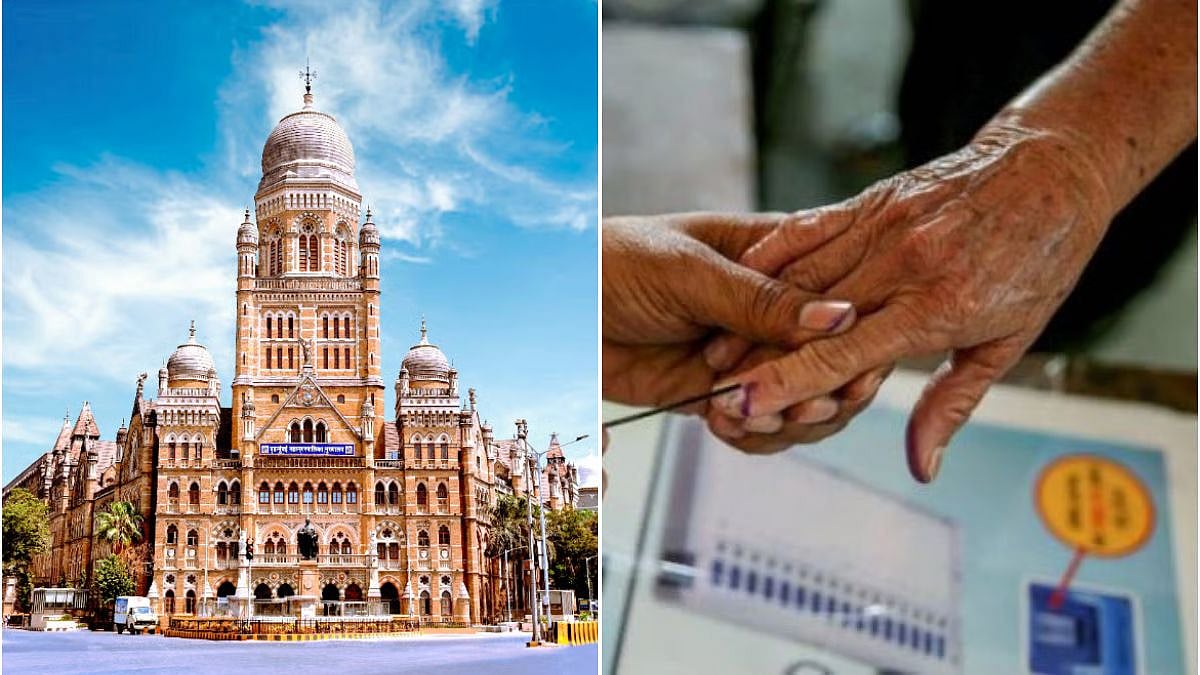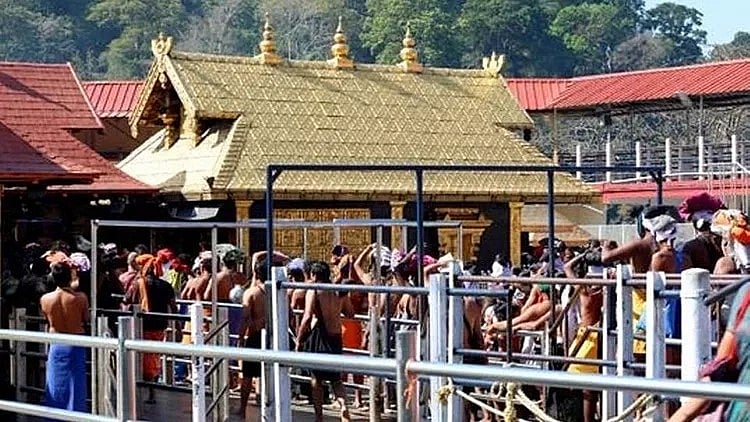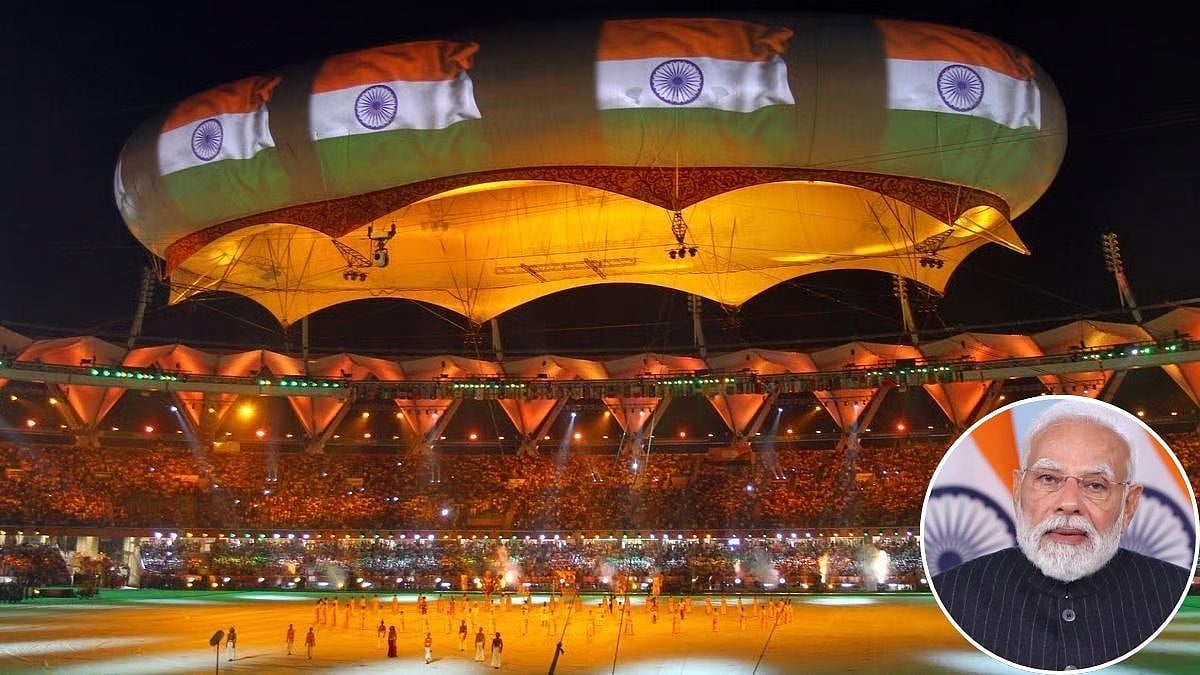If the young are struggling to keep their heads above the water during the pandemic, spare a thought for senior citizens living on their own. Out of sync, out of breath, out of money, they are best out of sight. Comeuppance for the I-me-myself generation is not far though. One in 10 Indians is above the age of 60 but by 2050, when this generation approaches retirement, one in every five Indians will be above 60.
It has somehow escaped us that the decadal growth rate of the elderly population is nearly five times that of the general population. In the near future, this graying of the population will mean having to adjust to a new reality. There will be more dependents on fewer earning members, more elderly and fewer younger care-givers. Besides, because of the falling birth rate, many schools will have to be merged as there won’t be enough children in one school. The change is already visible in the way more and more products for senior citizens are being marketed, from reverse mortgage to hearing aids to adult diapers.
The more we care for our elders and the better we prepare for an ageing population, the easier it will be for us to negotiate our own future. It is to highlight such issues that August 21 is observed as the World Senior Citizen’s Day.
With rising life spans – the life expectancy in India is 69 years -- and falling birth rates, the percentage of the elderly in the global population is rising; there are currently around 700 million people over the age of 60 and the figure is expected to touch two billion by 2050. This will be over 20 per cent of the world’s population.
This alarming forecast prompted various initiatives to address the problems that will arise. The earliest was the Vienna Plan of Action on Ageing, 1982, which aimed at strengthening the capacities of governments and civil society to deal effectively with the graying of nations. To meet the dependency needs of older persons, it focused on health and nutrition, protection of elderly consumers, housing and environment, family, social welfare, income security and employment and education.
Change, however, is slow and wags say that there is no respect for age unless it is bottled. In India, the aged are at the mercy of their children. The government too has washed its hands of the issue by putting the onus on the children alone through the Maintenance and Welfare of Parents and Senior Citizens Act, 2007, which makes it obligatory for children and heirs to provide maintenance to their parents.
A survey by the non-government organisation, HelpAge India, in 2014 showed that only 0.5 per cent of elderly in Mumbai availed of benefits under this Act. This points to elder abuse, an open secret in Indian society. According to a recent survey conducted by HelpAge India, 62 per cent of senior citizens said that Covid had increased the risk of elder abuse. According to Census-2011, almost 15 million elderly Indians live all alone and close to three-fourths of them are women.
Incidentally, senior citizens accounted for around 63 per cent of all Covid-related deaths in the country. The graying of the population is more pronounced in the southern states, more notably Kerala and Tamil Nadu. Senior citizens constituted 12.6 per cent of Kerala’s population in 2011 and today the figure is estimated to have climbed up to 16.5 per cent. Projections are that 20.9 per cent of the state’s population will be aged 60 years or above in 2031. It is also projected that more than 15 per cent of the population of Andhra Pradesh, Karnataka, Odisha, Punjab and West Bengal will be aged 60 years and above in 2031.
As against this, only 7.7 per cent of Bihar’s population and 8.1 per cent of Uttar Pradesh’s are likely to be 60 years and above in 2021. Other states with less than 10 per cent of their population aged 60 years and above include Assam, Chhattisgarh, Jharkhand, Madhya Pradesh and Rajasthan.
Most of the elderly are poor and many spend a disproportionate amount of their savings on medical expenses. There was a case in Warangal where an 83-year-old man killed his 78-year-old ailing wife and attempted commit suicide. He had tended to her for three months. The police said that he was struggling to pay for her medical expenses, which is what drove him to desperation.
The National Programme for Healthcare of Elderly, launched in 2010, could have come to his rescue but it remains largely on paper. Even pensioners have been hit hard by the rock-bottom bank interest rates and soaring inflation, not to speak of inflated electricity bills. Even for the well-off, medicare for the aged is primitive. Gerontology, the study of the aged population, is still in its nascent stages in the country, which means that there aren’t enough doctors who specialise in elder care.
A study by the International Institute for Population Sciences, Mumbai, in collaboration with several national and international institutions revealed that 75 per cent of the elderly in India suffer from one or the other chronic disease, 40 per cent have one or the other disability and 20 per cent have issues related to mental health.
Of course, if you are healthy, age is just a number and you are only as old as you feel. In fact, scientists say our biological potential is 130 years, which means that we reach our middle age only at 70 and that the forties are the best time of our youth. One only has to look at our ‘rishis’ to validate this.
Indian society needs to be sensitised to ageing so that they keep themselves physically and fiscally fit for their second innings. Policy-makers too have been urged to prepare for an ageing population by the Economic Survey 2018-19, which says this will need investment in health care as well as a plan for increasing the retirement age in a phased manner. The middle-aged have to seriously consider re-skilling themselves for a second career to sustain themselves after retirement.
It can be a cruel world for the elderly and we need to address the issue of ageing today; individually and collectively. Tomorrow will be too late.
The writer is an independent journalist based in Mumbai. He welcomes feedback on anilsinghjournalist@gmail.com

